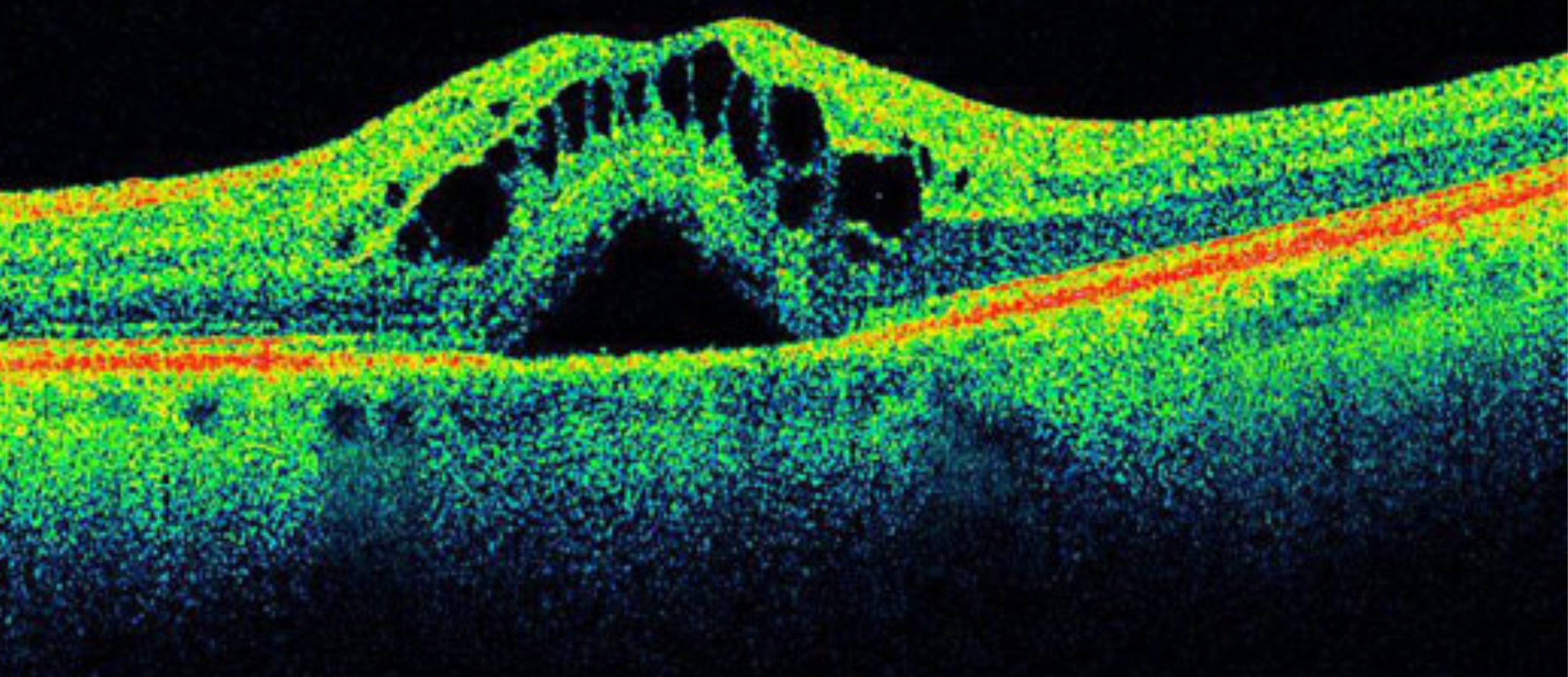Phase transitions provide vital insights into the properties of pure fluids and mixtures, including crucial parameters like concentration, freezing point, melting point, and latent heat. This knowledge finds diverse applications in fields such as latent heat energy storage, food technology, pharmaceuticals, hydrogen liquefaction, and even biological tissue fixation for optical microscopy.
One of the most important techniques for studying phase transitions is Interferometry. This technique is based on creating an interference pattern by superimposing two or more light beams, which allows for obtaining precise measurements of the physical properties of pure fluids and mixtures.
In this article, we will delve deeper into understanding the application of Interferometry for analyzing phase transitions in pure fluids and mixtures. To achieve this, we will explore a Dual Fiber-Optic Sensor System, courtesy of Markus Solberg Wahl, Øivind Wilhelmsen, and Dag Roar Hjelme from the Norwegian University of Science and Technology (NTNU).
The Dual-Sensor System: A Comprehensive Phase Transition Analysis
The dual-sensor system used in this study has two main components:
- Fiber-Optic Multi-Mode Interferometer
- Fiber Bragg Grating (FBG) Sensor
The way they work is simple: The multi-mode interferometer operates in reflection and is sensitive to changes in properties such as refractive index, temperature, and strain. On the other hand, the FBG sensor is sensitive to temperature and strain, but not to the refractive index.
By combining the information from both sensors, the dual sensor system can distinguish between changes in temperature, strain and refractive index, implicitly leading to the measurement of parameters mentioned at the beginning of this article: sample concentration, freezing point, melting point and latent heat.
Experimental Setup of the Dual-Sensor System
One of the main components of the experimental setup is the Supercontinuum Laser: Iceblink (named SCT500 in the paper; previous version). It’s shown in Figure 1 as follows:

Both sensors reflect light at wavelengths dependent on their temperature and strain, whereas only the TC sensor is sensitive to the RI of the surroundings.
FYLA Iceblink provides, among others, a broad spectral range from 450 – 2300 nm, matching the different spectral responses of both sensors in one-only equipment.
In this case, this allows for high-resolution and high-sensitivity measurements of various physical and chemical parameters, such as temperature, strain, pressure, refractive index, and chemical composition.
What does FYLA Iceblink have, and what makes it essential for Phase Transition Studies?
Markus Solberg Wahl, Øivind Wilhelmsen, and Dag Roar Hjelme from NTNU demonstrated the valuable application of FYLA Iceblink in their research in analyzing phase transitions between pure water and aqueous ethanol mixtures.
Its advantages regarding their research were shown in the last section, but what are Iceblink’s general advantages in this field? Let’s explore them:
- Broadband spectral range: Iceblink can cover a wide range of wavelengths, which is advantageous for studying phase transitions in materials. Different materials can exhibit characteristic spectral signatures during phase transitions, and a broad wavelength range will allow you to capture these signatures effectively.
- High spectral resolution: Iceblink provides high spectral resolution, allowing precise measurements of shifts in absorption or scattering spectra associated with the phase transition. This level of detail is essential for accurate analysis and characterization of the phase transition.
- Multi-parameter sensitivity: Iceblink can be versatile in its applications and is well suited for probing different physical properties of the considered object.
- Non-destructive and non-intrusive: Photonic sensing with Iceblink is non-destructive and non-intrusive, meaning that it doesn’t disturb the sample during measurements. This is particularly important in sensitive experiments where the integrity of the sample must be preserved.
The numerous advantages of Iceblink in analyzing phase transitions using interferometric measurements endorse it as one of the leading solutions available.
Keep up to date about the possibilities of Iceblink in your experiments, and don’t hesitate to reach us if you need more information.
For a deeper dive into this study check out «Using fiber-optic sensors to give insight into liquid-solid phase transitions in pure fluids and mixtures«.






